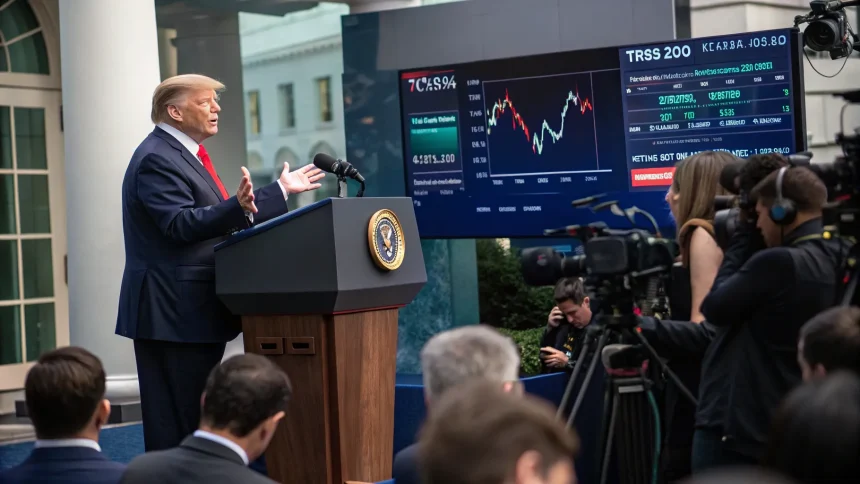Former President Donald Trump has made unfounded accusations regarding recent revisions to employment data, calling them a “scam” despite lacking evidence to support his claim. The Bureau of Labor Statistics (BLS) regularly updates its employment figures as more complete data becomes available, a standard practice that has been part of the agency’s methodology for decades.
Trump’s allegations emerged following the BLS’s routine revisions to job growth numbers. However, economic experts note that these adjustments were neither unusual in scale nor indicative of any impropriety in the data collection or reporting process.
Understanding BLS Revisions
The Bureau of Labor Statistics regularly revises its monthly employment figures as it receives more comprehensive information. Initial jobs reports are based on preliminary data, which are then updated as more complete information becomes available from employers across the country.
These revisions can adjust numbers either upward or downward depending on the new data. Economists widely recognize this process as a normal part of economic reporting that helps provide a more accurate picture of employment trends over time.
Former BLS Commissioner Erica Groshen explained in a statement to reporters: “Revisions are a standard statistical practice and reflect our commitment to accuracy rather than expediency. They are not indicators of manipulation or political influence.”
Context of Recent Adjustments
The revisions that prompted Trump’s accusations were consistent with historical patterns. The BLS typically makes two monthly revisions to each jobs report, followed by annual benchmark revisions that can affect data going back several years.
Economic analysts point out that the size of recent revisions falls within normal statistical ranges. During both Republican and Democratic administrations, similar adjustments have occurred without allegations of impropriety.
Several factors can influence the need for revisions, including:
- Response rates from the employer survey
- Seasonal adjustment factors
- Changes in business formation and closure rates
- Updates to statistical methodologies
Safeguards Against Political Interference
The BLS maintains strict protocols to prevent political influence over its data. Career civil servants, not political appointees, oversee the collection and analysis of employment statistics. The agency operates under scientific integrity policies that prohibit the manipulation of findings for political purposes.
Jason Furman, former chair of the Council of Economic Advisers under President Obama, noted: “The BLS has a stellar reputation for independence. Their career staff take great pride in producing accurate statistics regardless of which party controls the White House.”
Multiple former BLS commissioners from both Republican and Democratic administrations have defended the agency’s work, emphasizing that political leaders receive no advance notice of jobs data and have no input into how figures are calculated or revised.
Trump’s claims about the jobs report revisions join a pattern of statements questioning official government data when the figures don’t align with his preferred narrative. Economic experts stress that such accusations without evidence can undermine public trust in essential economic indicators that markets, businesses, and policymakers rely on for decision-making.
As the economy continues to be a central issue in political discourse, economists urge the public to understand the normal statistical processes behind government data rather than viewing routine adjustments through a political lens.









